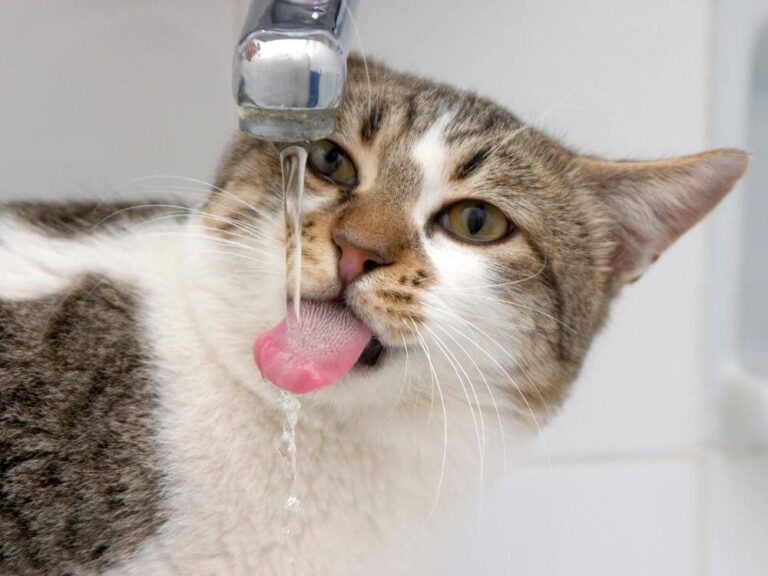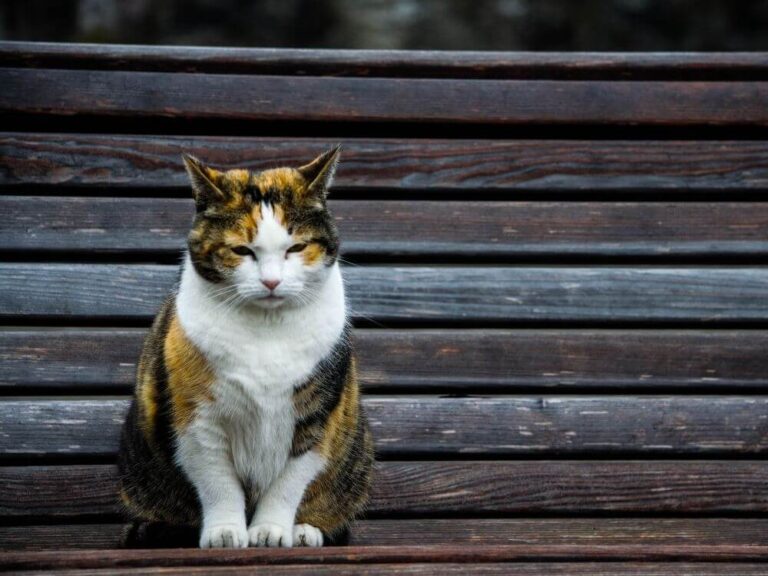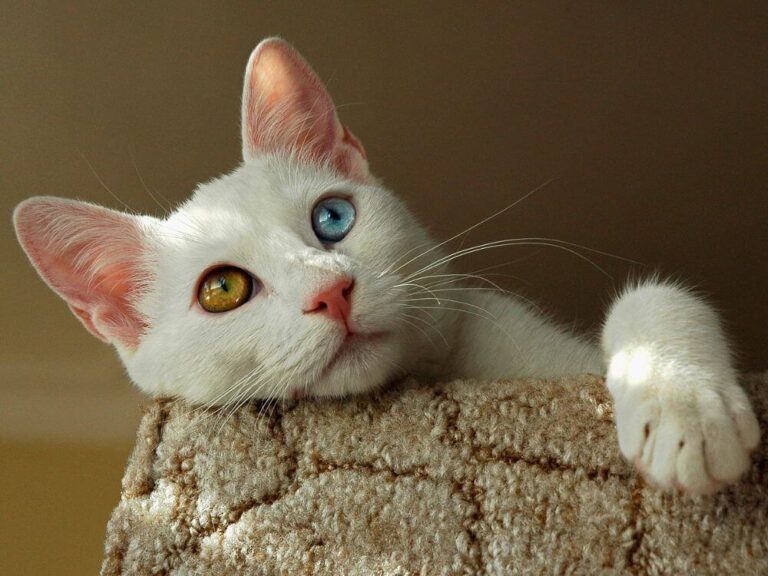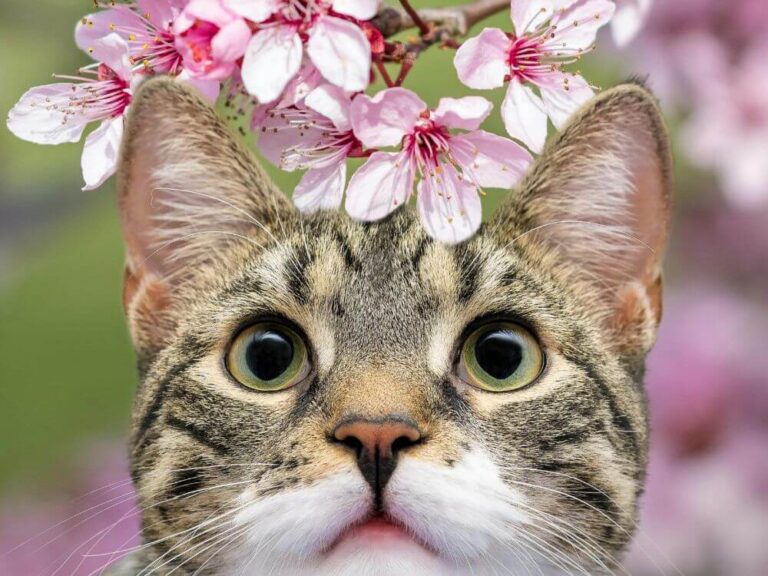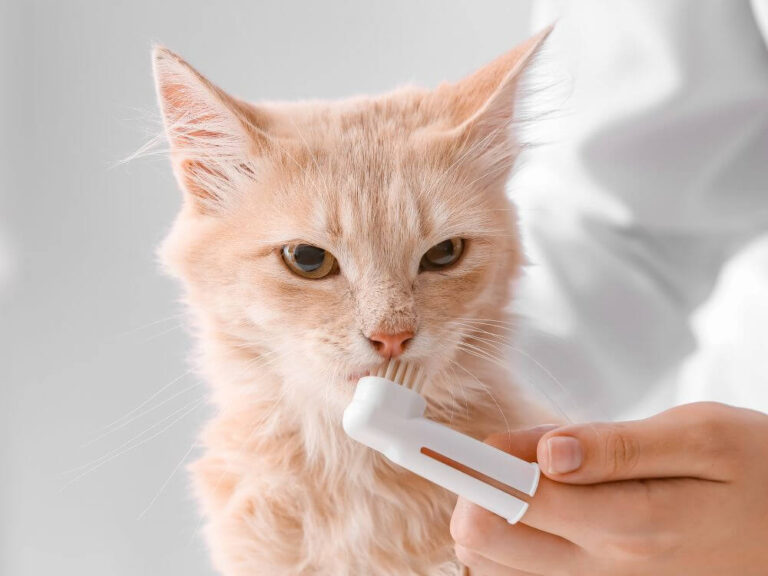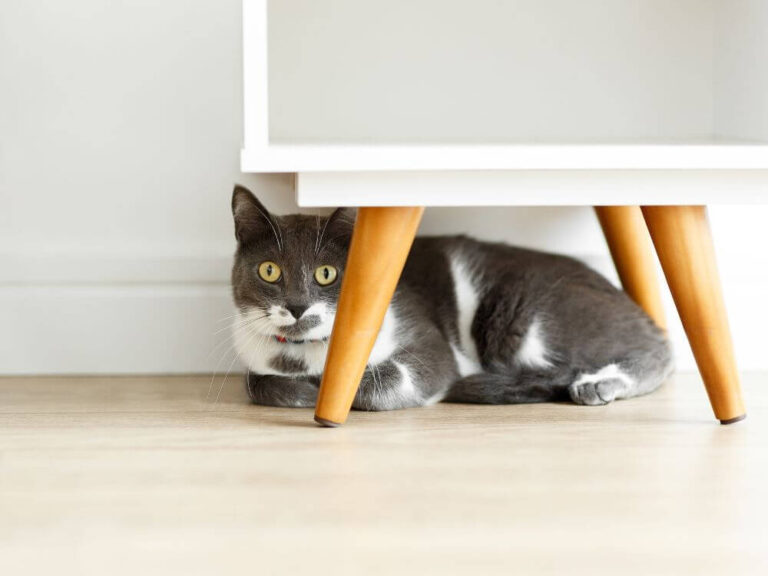Why Is My Cat’s Fur Falling Out?
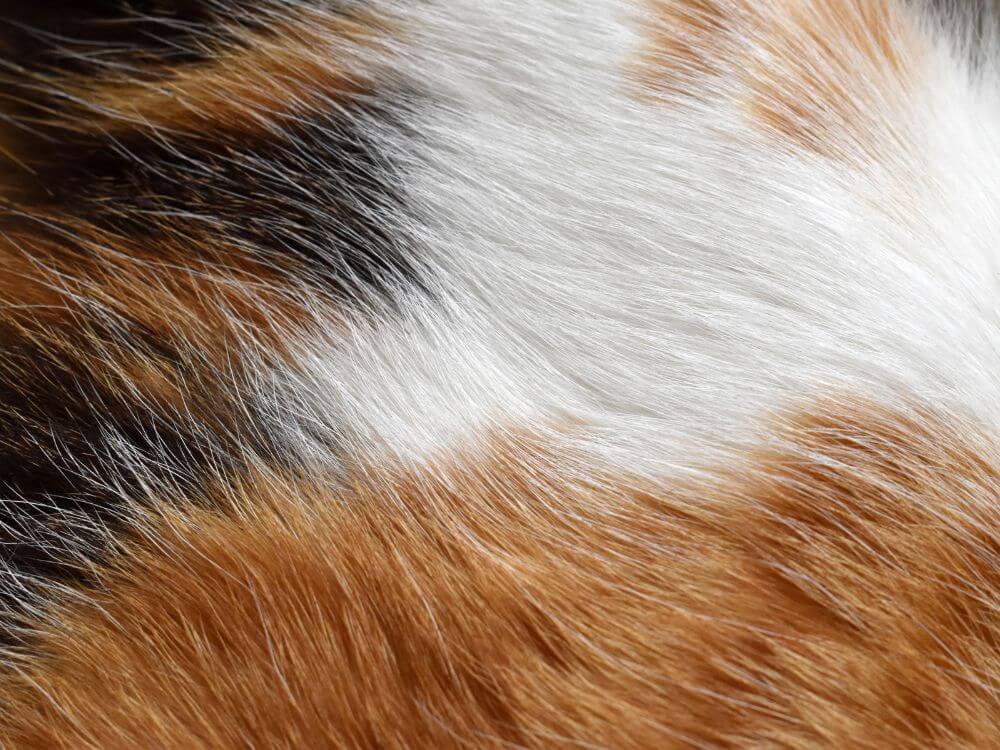
Cats are known for their luscious, sleek fur coats. So, when your feline companion starts losing hair, it can be alarming. Shedding is a natural process for cats, but excessive or unusual hair loss may indicate underlying health issues. Let’s explore the reasons behind your cat’s fur loss and how to address them.
Natural Shedding: A Common Cause
Cats naturally shed their fur year-round, but certain seasons trigger more shedding than usual. During spring and fall, cats shed their heavier winter coats in preparation for warmer weather. This shedding, while more noticeable, is entirely normal. However, if your cat sheds excessively outside these seasons, other factors may be at play.
Stress and Anxiety: The Silent Culprits
Cats are sensitive creatures, and stress can lead to hair loss. Stressors like changes in the household, new pets, or unfamiliar environments can cause your cat to overgroom or pull out fur. You might notice bald patches, particularly on the belly or legs. Reducing stress by maintaining a consistent routine and providing plenty of enrichment can help.
Allergies: Food and Environmental Triggers
Just like humans, cats can develop allergies to food, dust, pollen, or flea bites. These allergic reactions can manifest in itchy skin, leading your cat to scratch or bite at their fur, causing patches of baldness. If you suspect allergies, consult a vet for testing and treatment options, which may include diet changes or antihistamines.
Parasites: Fleas, Mites, and Ticks
External parasites like fleas, mites, and ticks can irritate your cat’s skin, leading to hair loss. Fleas are particularly notorious for causing “flea allergy dermatitis,” where the skin reacts to flea saliva, causing intense itching and fur loss. Regular flea prevention treatments and grooming can prevent infestations.
Skin Infections: Fungal and Bacterial
Skin infections, whether fungal like ringworm or bacterial in nature, can lead to patchy fur loss. In these cases, your cat might develop scabs, sores, or red, inflamed skin. Ringworm, despite its name, is not a worm but a contagious fungal infection that causes circular patches of baldness. Veterinary treatment with topical or oral medications can resolve these infections.
Hormonal Imbalances: A Hidden Factor
Hormonal imbalances, particularly those related to the thyroid or adrenal glands, can also cause fur loss. Hyperthyroidism, common in older cats, can lead to thin, patchy fur along with other symptoms like weight loss, increased appetite, and restlessness. A vet can diagnose these conditions through blood tests and recommend appropriate treatments.
Nutritional Deficiencies: The Importance of a Balanced Diet
A cat’s diet plays a crucial role in maintaining healthy skin and fur. Poor-quality food or an imbalanced diet lacking essential nutrients like fatty acids can lead to dull, brittle fur and hair loss. Ensuring your cat receives a balanced, high-quality diet rich in omega-3 and omega-6 fatty acids can promote a shiny, thick coat.
Genetic Predispositions: Breeds Prone to Hair Loss
Some cat breeds are more prone to fur loss than others due to genetic factors. For instance, Sphynx cats are naturally hairless, while other breeds like the Devon Rex and Cornish Rex may have sparse coats. Understanding your cat’s breed can help you determine whether their hair loss is natural or requires attention.
Medical Conditions: Cancer and Autoimmune Diseases
In rare cases, fur loss can be linked to serious medical conditions like cancer or autoimmune diseases. These conditions might cause your cat’s immune system to attack its own hair follicles, leading to patchy hair loss. If you’ve ruled out other common causes, it’s essential to consult a vet for thorough diagnostic tests.
When to See a Veterinarian
While occasional shedding is natural, excessive or unusual hair loss requires attention. If your cat’s fur is falling out in large clumps, or they are excessively scratching, grooming, or showing signs of discomfort, it’s time to visit the vet. Early intervention can help diagnose and treat underlying issues before they worsen.
Conclusion: Keep Your Cat’s Coat Healthy
Fur loss in cats can result from a variety of causes, ranging from stress to medical conditions. Understanding the reasons behind your cat’s hair loss and addressing them early can help maintain a healthy, glossy coat. Regular grooming, proper nutrition, and routine vet check-ups are essential in keeping your cat’s fur in optimal condition.
By staying attentive to your cat’s behavior and appearance, you can ensure their overall well-being and prevent excessive fur loss.

